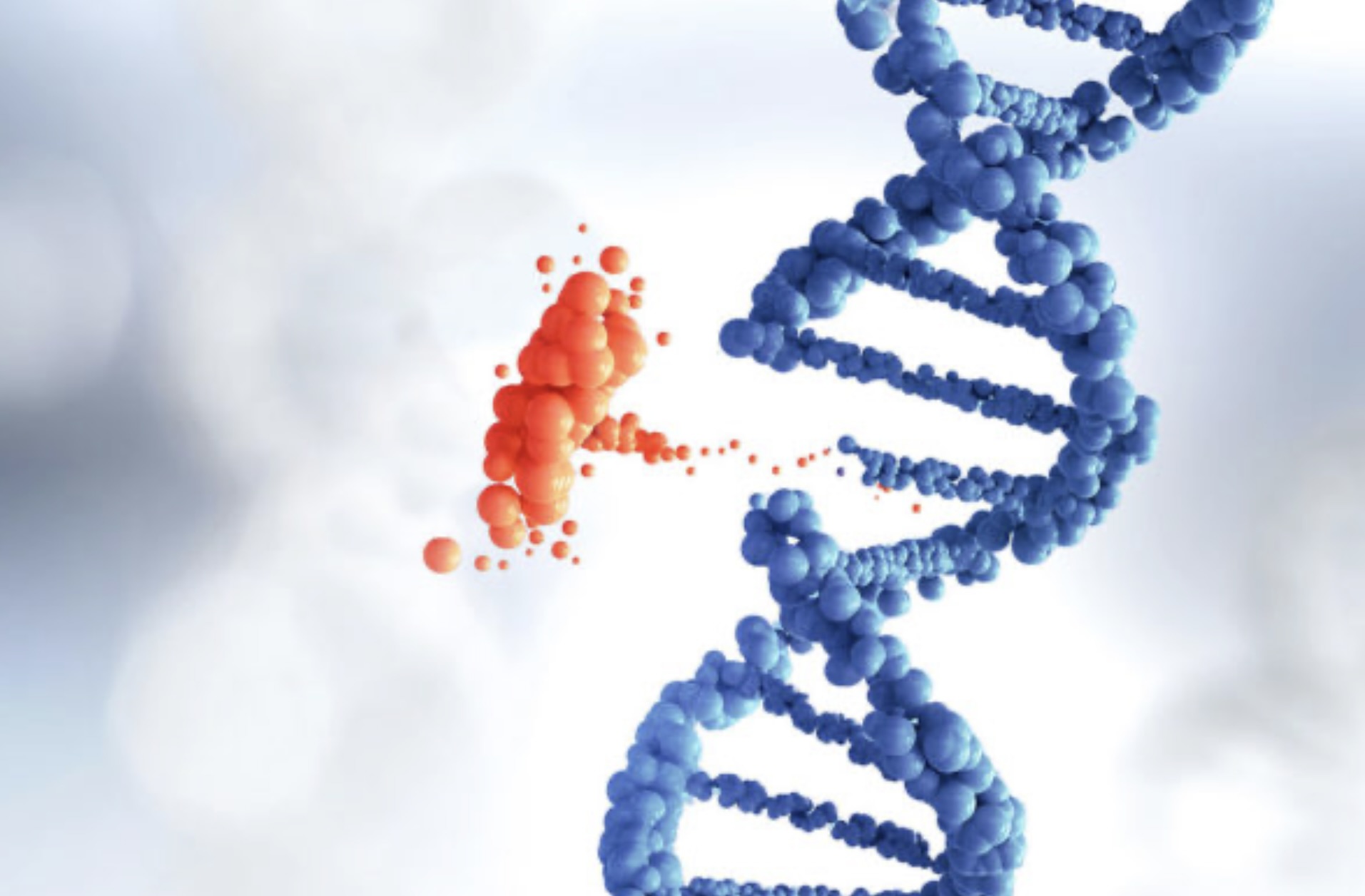Williams Syndrome: Symptoms, Causes, Treatment
What are the symptoms of Williams syndrome?
Williams syndrome is a genetic disorder that affects many parts of the body. The symptoms can vary widely from person to person, but some common features of Williams syndrome include:
- Facial features: Individuals with Williams syndrome often have distinctive facial features, including a broad forehead, short nose with a flattened nasal bridge, wide mouth with full lips, and a small chin.
- Cardiovascular problems: Supravalvar aortic stenosis, a narrowing of the aorta, is common in individuals with Williams syndrome. Other heart defects may also be present.
- Developmental delays: Children with Williams syndrome may experience delays in reaching developmental milestones, such as sitting up, crawling, and walking.
- Learning disabilities: Individuals with Williams syndrome often have learning disabilities, particularly in the areas of spatial relations and math.
- Intellectual disability: Most people with Williams syndrome have mild to moderate intellectual disability.
- Unique personality characteristics: People with Williams syndrome often have outgoing, friendly personalities and a love for music.
- Sensory processing issues: Individuals with Williams syndrome may have hypersensitivity to sounds or textures.
- Dental abnormalities: Dental problems, such as missing or misaligned teeth, are common in individuals with Williams syndrome.
- Short stature: People with Williams syndrome tend to be shorter than average.
- Feeding difficulties: Infants with Williams syndrome may have difficulty feeding and gaining weight.
- Kidney abnormalities: Some individuals with Williams syndrome may have abnormalities in the structure or function of the kidneys.
It’s important to note that not all individuals with Williams syndrome will have all of these symptoms, and the severity of symptoms can vary. Early intervention and support by healthcare providers can help individuals with Williams syndrome reach their full potential and lead fulfilling lives.
What are the causes of Williams syndrome?
Williams syndrome is caused by the deletion of genetic material from a specific region of chromosome 7. This region, known as the Williams-Beuren syndrome critical region, contains several genes that play important roles in various aspects of development. The deletion of these genes leads to the characteristic features of Williams syndrome.
The deletion of genetic material in chromosome 7 can occur spontaneously, meaning it is not inherited from a parent. However, in some cases, the deletion may be inherited from a parent who also has the deletion. Inherited cases of Williams syndrome are considered to have an autosomal dominant pattern of inheritance, which means that a person only needs to inherit one copy of the deleted chromosome 7 from a parent to develop the condition.
The exact reason why the deletion occurs is not well understood. It is thought to occur randomly during the formation of reproductive cells (eggs and sperm) or early in fetal development. Advanced maternal age has been associated with an increased risk of having a child with Williams syndrome, but most cases occur in families with no history of the condition.
Researchers continue to study the genetic and environmental factors that may contribute to the development of Williams syndrome to gain a better understanding of the condition and develop more effective treatments.
What is the treatment for Williams syndrome?
There is no cure for Williams syndrome, as it is a genetic disorder caused by a deletion of genetic material from chromosome 7. Treatment for Williams syndrome focuses on managing the symptoms and providing support to individuals with the condition. Treatment may include:
- Early intervention: Early intervention programs that include speech therapy, occupational therapy, and physical therapy can help children with Williams syndrome reach their full potential and improve their quality of life.
- Education and learning support: Children with Williams syndrome often have learning disabilities and may benefit from special education programs and individualized learning plans.
- Behavioral therapies: Behavioral therapies can help address behavioral challenges that may be associated with Williams syndrome, such as attention-deficit/hyperactivity disorder (ADHD) and anxiety.
- Medical management: Individuals with Williams syndrome may require treatment for associated medical conditions, such as cardiovascular problems, gastrointestinal issues, and dental problems.
- Developmental monitoring: Regular monitoring of growth and development, as well as screening for associated health issues, is important for individuals with Williams syndrome.
- Supportive care: Providing a supportive and nurturing environment can help individuals with Williams syndrome thrive. This may include support from family, friends, teachers, and healthcare providers.
It’s important for individuals with Williams syndrome to have regular medical check-ups and to work closely with a healthcare team that is familiar with the condition. With appropriate care and support, individuals with Williams syndrome can lead fulfilling lives and reach their full potential.




